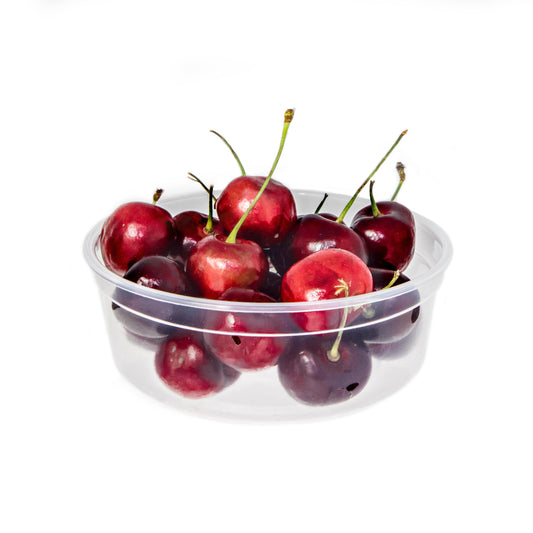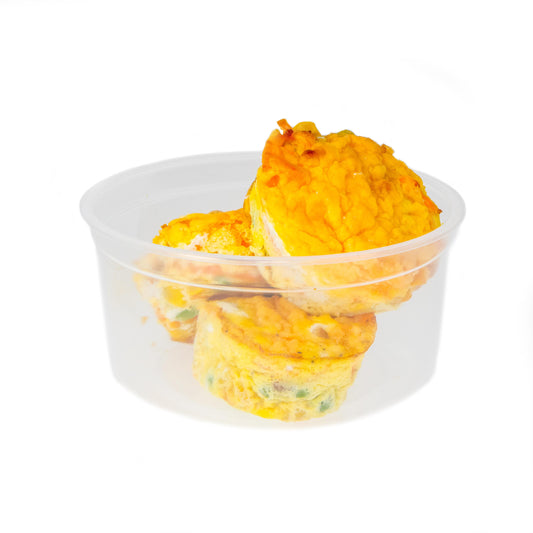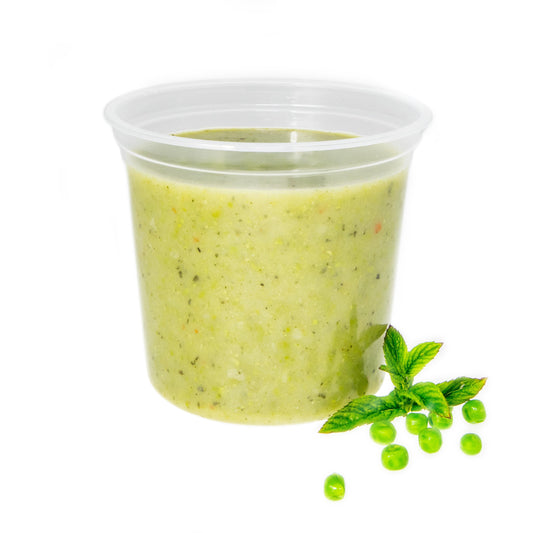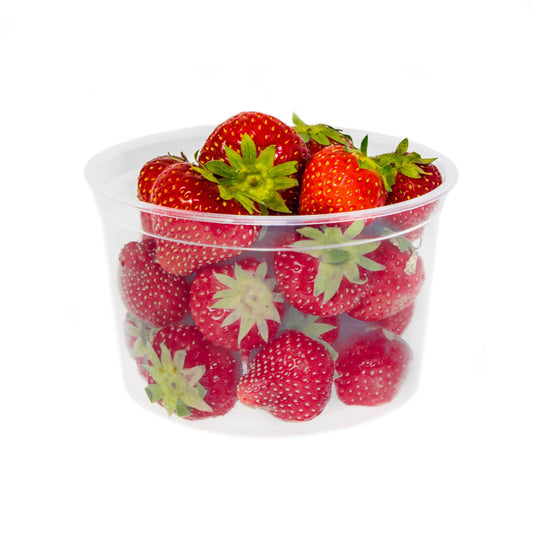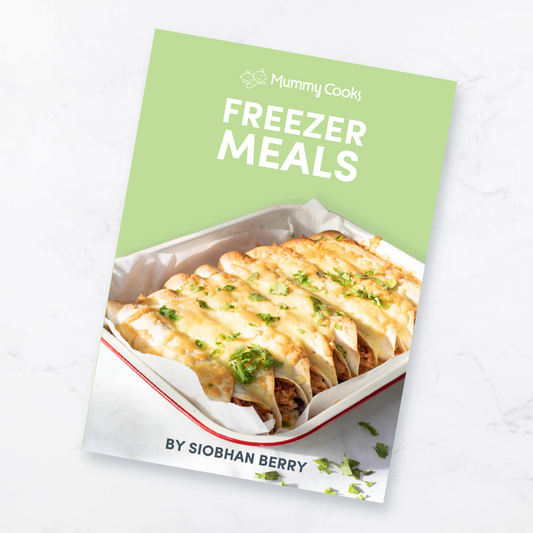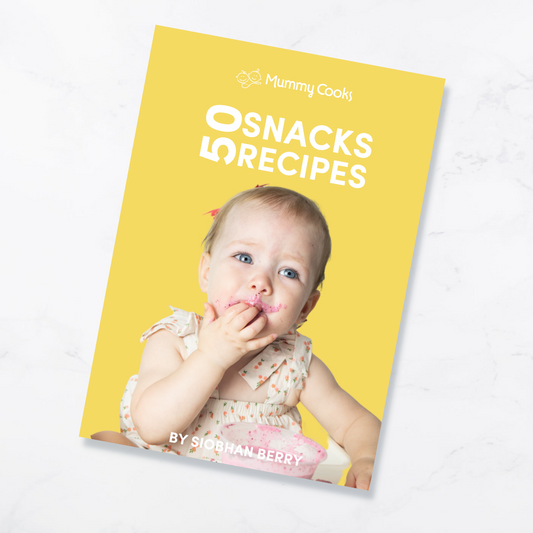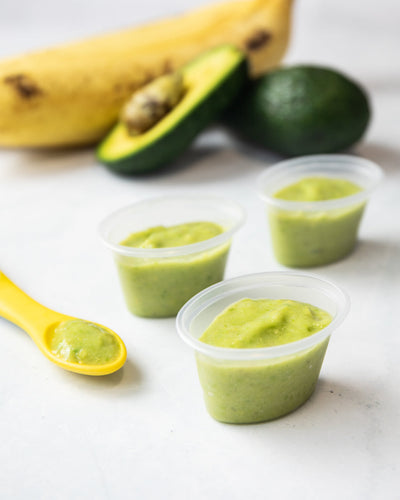In recent times storms that can cause power outages seem to be on the rise. Whether or not you are living in a suburban or rural area you can have power outages. My biggest fear used to be losing all my freezer food! It has never happened and it really won’t as it usually gets back up in time (at least in my case). Phew!
While as adults we are happy to make substitutes, mostly cold foods, its not always possible to make changes for your weaning baby. I would advise (hoping you get at least a days notice) to get planning for at least a day’s worth of food.
Before the Storm: Preparing Your Food Supply
-
Stock Up on Non-Perishables – Have a supply of canned goods, nut butters, dried fruits, crackers, and other foods that don’t require refrigeration.
-
Freeze Items in Advance – If you know a storm is coming, freeze fresh meats, dairy, and leftovers to keep them safe for longer.
-
Fill Empty Spaces in Your Freezer – A full freezer stays cold longer. Use containers of water to fill gaps and create ice packs.
-
Prepare Alternative Cooking Methods – Stock up on gas stoves, BBQs (used outdoors), or camping stoves for reheating food.
During the Power Outage: Keeping Food Safe
-
Keep Fridge and Freezer Closed – Opening them frequently lets warm air in. A fridge will keep food cold for about 4 hours, while a full freezer can maintain safe temperatures for up to 48 hours (24 hours if half-full).
-
Use Coolers with Ice Packs – If the power is out for an extended period, transfer essential perishables like dairy, meats, and leftovers to a well-insulated cooler with ice packs.
-
Check for Spoiled Food – If perishable food sits above 5°C for more than 2 hours, it’s unsafe and should be discarded.
Safe Meal Preparation and Reheating
-
Use Shelf-Stable Ingredients – Opt for tinned beans, pasta, oats, and nut butters to create simple, nutritious meals.
-
Cook Small Batches – Only prepare what you’ll eat immediately to avoid leftovers that could spoil.
-
Reheating on a Gas Stove or BBQ – Heat food until steaming hot (above 75°C). Avoid slow reheating, as bacteria multiply quickly at lukewarm temperatures.
-
Boil Water Before Use – If your water source is compromised, boil it for at least one minute before drinking or cooking.
-
Use your Food Flask to store warm food for your baby for up to 12 hours.
- Use our ThermoSpoon to check the temperature of the food when reheating food for your baby.
After the Power is Restored: Checking Food Safety
-
Check Freezer Foods – If frozen foods still have ice crystals or are below 5°C, they can be refrozen or cooked.
-
Smell and Look – If anything smells off or has an unusual texture, throw it away.
-
Discard High-Risk Foods – Dairy, raw meats, seafood, and cooked leftovers that have been in a warm fridge should be discarded.
I hope this helps! Good luck with the storm I hope its not too severe.
Siobhan x



